Module 3 - Benjamin-Mills
Module 3 - Benjamin-Mills
Module 3 - Benjamin-Mills
Create successful ePaper yourself
Turn your PDF publications into a flip-book with our unique Google optimized e-Paper software.
SS2.3<br />
GETTING THE ‘HEAT BALANCE’ RIGHT<br />
Part 2: How much scrap steel is needed?<br />
This involves a lengthy calculation: we have done some of it for you, and you will<br />
do only the last part.<br />
Look back at the ‘heat balance’ equation on the previous page. Some of the<br />
energy given out by the oxidation reactions is lost from the converter to the<br />
surroundings through normal cooling. It can be estimated that approximately<br />
25 ¥ 10 6 kJ were lost by radiation and convection in this way.<br />
The rest of the energy released by the oxidation reactions is used to raise the<br />
temperature of the converter contents. We can calculate how much energy is<br />
required to raise each of the contents of the converter from their initial<br />
temperatures to the final temperature if we know how much of each substance<br />
was added and its specific heating capacity. The results of such calculations are<br />
shown in Table 2.<br />
Material Quantity added Energy absorbed<br />
to converter<br />
/10 6 kJ<br />
Lime 11.9 tonnes 18.4<br />
Calcined dolomite 9.49 tonnes 16.5<br />
Oxygen gas 16.8 ¥ 10 3 m 3 20.8<br />
Molten iron 278 tonnes 86.3<br />
Scrap steel ? ?<br />
Table 2 Energy absorbed in heating up the<br />
contents of the converter<br />
c<br />
Using the information above, calculate how much scrap steel was<br />
needed in order to achieve the tapping temperature of 1738°C.<br />
Assume that the steel added was at 20°C and that the specific<br />
heating capacity of steel is 0.83 ¥ 10 3 kJ t –1 K –1 . (This value has been<br />
averaged out over the temperature range and allows for the enthalpy<br />
change of fusion on melting. It gives the amount of energy which<br />
must be supplied to raise the temperature of 1 tonne of steel by 1K.)<br />
The energy absorbed by the steel is related to the rise in<br />
temperature in the following way:<br />
energy absorbed = mass ¥ specific heating capacity ¥ temperature rise<br />
210<br />
„ Salters Advanced Chemistry 2000 – see Copyright restrictions



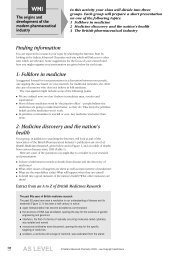
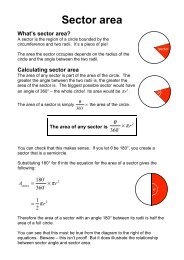
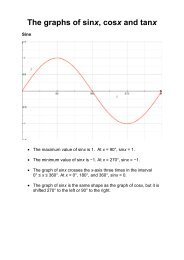
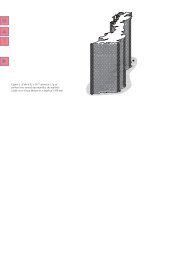

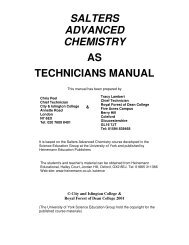



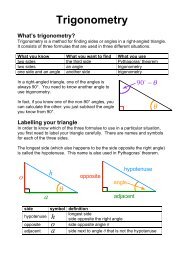
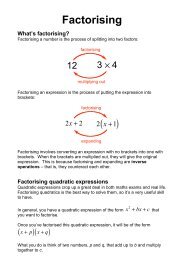
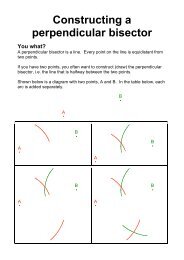


![ISI Web of Knowledge [v.4.10] - All Databases Results - Benjamin-Mills](https://img.yumpu.com/39253071/1/184x260/isi-web-of-knowledge-v410-all-databases-results-benjamin-mills.jpg?quality=85)